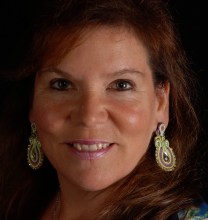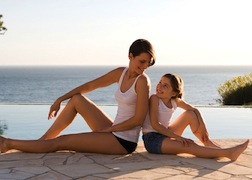BY Liz Perry
HOW DO YOU BUY A BIKE THAT’S RIGHT FOR YOU?
Contributing journalist Liz Perry sits down with bicycle professional and ProCycles owner John Silvia to ask about the best bicycle fit.
Q. If I were to come into ProCycles, how would we get started?
A. First, I will ask you a few questions like, “do you ride now?”
If so, “what kind of bike do you have?”
“How do you envision yourself riding?”
Based on your individual needs, I will make suggestions on bikes.
Q. How do I select the bike that is best for me?
A. Selecting your new bicycle is a fun process! We will size and measure you. I will help you each step of the way. I will show you several models that may be what you are looking for. I will explain to you the pluses and minuses of each bike.
Q. Who are your customers that you cater to?
A. Our clients range from first timers to racing experts, and from young teens to folks in their 80’s. Cycling is a great way to lose weight and gain fitness!
Q. What if I have questions later?
A. After you cycle off with your new bike we provide ‘free consulting’. We will spend time helping you with riding plans, techniques, and maps! You can check out ProCycles Facebook page for rides, community events and clinics.
Q. How do I get started?
A. Stop by our ProCycles Shop on U.S. 1 or call me at 772.692.8476.
Thanks John – I can’t wait to get started!
John Silvia is a professional and experienced cyclist and advisor with 27 years experience. He is the owner of ProCycles on U.S. 1 in Stuart.

Liz Perry – Your Health & Wellness Magazine Contributor
About the author, Liz Perry is a Treasure Coast Florida resident who is a Harvard Alumnus. Liz currently is a medical journalist, speaker and educator on disease prevention, national healthcare consultant with over two decades in the medical field.
Liz Gibbs (Perry), is a senior partner in Absolute Solutions International, Inc.
Please feel free to contact Liz with your questions or comments at Liz.perry@post.harvard.edu
The above information is opinion based except where noted. Always contact a licensed professional for information on the above subject or BEFORE applying or practicing the above information.
HealthyMartin.com is designed to assist you in finding medical doctors, dentists and alternative, organic & holistic health, fitness and sports professionals in Martin County Florida, the Palm Beaches and the Treasure Coast. “Healthy Martin, working together for better health choices for you, your family and friends”.



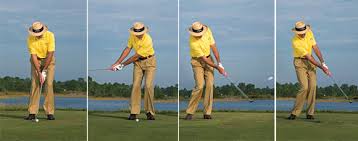
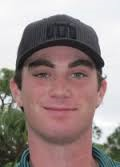
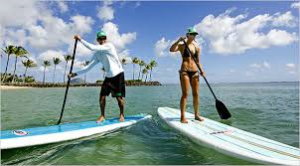

 Click On Above Ad to Go To Website
Click On Above Ad to Go To Website